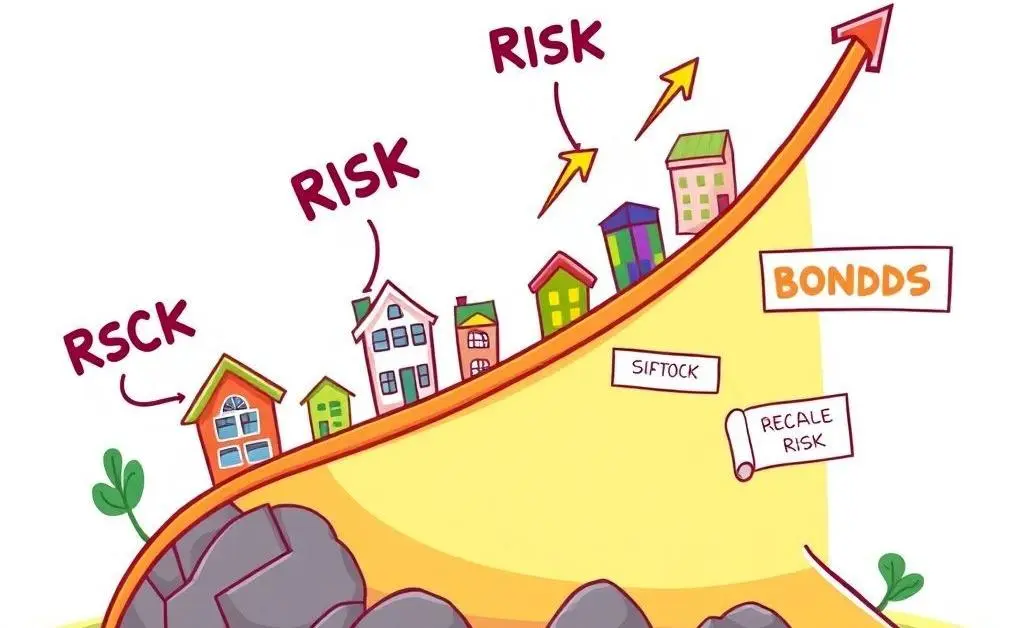How to Balance Your Investment Portfolio: Simple Strategies for Every Investor
Discover practical ways to balance your investment portfolio for greater stability and growth.

Investing can feel like a high-wire act. It's an exciting journey filled with opportunities, but maintaining balance is crucial to avoid plummeting into chaos. This is where diversifying your investment portfolio comes in. Let's dive into how to balance it optimally, inviting stability and growth into your financial life.
Why a Balanced Investment Portfolio Matters
If you're anything like me, finding balance is key in life, whether it's managing work-life harmony or carefully choosing what goes into my investment portfolio. A balanced portfolio is about spreading risks and maximizing returns across a wide range of assets.

Understanding Your Investment Goals
Your first stop on the investment journey should be defining your goals. Are you in this for short-term gains, or is it a long-term endeavor to fund those golden years of retirement? Knowing where you want to go will guide you in deciding how to diversify.

Diversify Across Different Asset Classes
You've heard the saying, "Don't put all your eggs in one basket." The same applies to investments. Stocks, bonds, real estate, and mutual funds should all play their part in a balanced portfolio. Each asset comes with its own blend of risk and reward.
- Stocks: Great for long-term growth but can be volatile in the short term.
- Bonds: Provide stability and fixed income. Less volatile than stocks.
- Real Estate: Tangible asset offering passive income and potential for appreciation.
This simple diversification tactic ensures you're cushioned against risks associated with individual asset classes.
Regularly Rebalance Your Portfolio
Over time, the value of different assets in your portfolio will shift as markets move up and down. To maintain your desired level of risk, it's crucial to rebalance your portfolio periodically. This doesn't have to be as frequent as doing your laundry, but at least once a year is a good rule of thumb.

Consider Professional Help
If all this talk of risk diversification and asset allocation has your head spinning, it might be worth consulting a financial advisor. They can help to tailor a strategy specifically suited to your situation.
In the end, balancing your investment portfolio is like orchestrating a symphony. Each instrument or, in this case, asset type must harmonize with the others to create a financial masterpiece. Happy investing!




